Featured 1
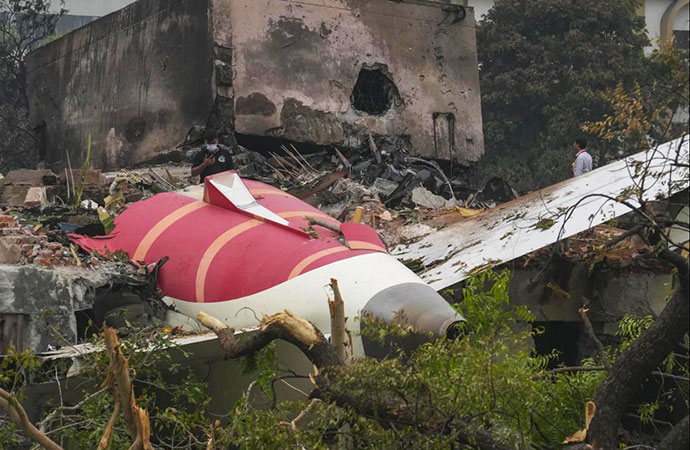
Photo: AP/UNB
Air crashes are inherently international incidents, and the emotions they evoke are nothing if not universal. As India and the UK mourn their citizens, who made up the lion's share of the 242 people on board Air India's Flight AI171, that crashed shortly after take off in Ahmedabad, Gujarat on Thursday, it is inevitable that the world will join them in grief and shock, as it reminds us all of our fundamental vulnerability - that no matter how meticulously we plan, our fate is not always in our hands.
Everyone from the Bangladeshi Chief Adviser to the newly-installed Pope to the Pakistani foreign minister offered their condolences within hours of the tragedy, that on this occasion yielded a remarkable story of survival as well - even as it defies explanation. But British citizen of Indian descent, Ramesh Viswashkumar, 40, who was travelling with his brother Ajay (the flight was headed for London), miraculously survived the crash, walking away with only minor injuries. He was even able to say that around thirty seconds after take-off, there was a loud noise and then the plane crashed - corresponding almost precisely with CCTV footage from the airport that showed the Boeing 787-8 Dreamliner was airborne for just under 30 seconds, before going down in a huge ball of flame. As Dhaka Courier went to press this week, the death toll had risen to at least 290, with around 50 casualties being those on the ground at the crash site - a hostel for medical staff at a nearby hospital.
Only last month, Boeing agreed to pay $1.1 billion in a deal with the US Department of Justice to avoid prosecution over two crashes that together killed 346 people - a deal that lawyers for some of the victims' families called "morally repugnant". Those involved a different series, the 737 Max. India's aviation safety history has been chequered, but as the airline industry has boomed and passenger flying has become more and more common, its safety record has improved. Air India now operates about 30 Dreamliners, and has been using the US-built long-haul plane since 2012. According to the Aviation Safety Network database, this was the first crash involving a Dreamliner since its introduction in 2011.
In aviation, crashes are statistically most likely to happen during landing or takeoff. According to publicly available flight tracking information, Flight AI171 had taken off and reached a height of just 625 feet. The US Federal Aviation Agency did order an inspection of the Boeing 787 Dreamliner back in 2024 after a midair dive on a Latam flight injured more than 50 passengers. A whistleblower last year also urged Boeing to ground all 787 Dreamliners worldwide, claiming there were flaws in the plane's assembly. Boeing rejected the claims by the former engineer and said it was fully confident in the plane.
Obviously it is too early to apportion blame already, with the investigation into the crash yet to get underway. But Boeing's fate, for all the headlines, is hardly of any consequence here. An aircrash is always first and foremost a human tragedy of epic proportions. And that is how we must see it.







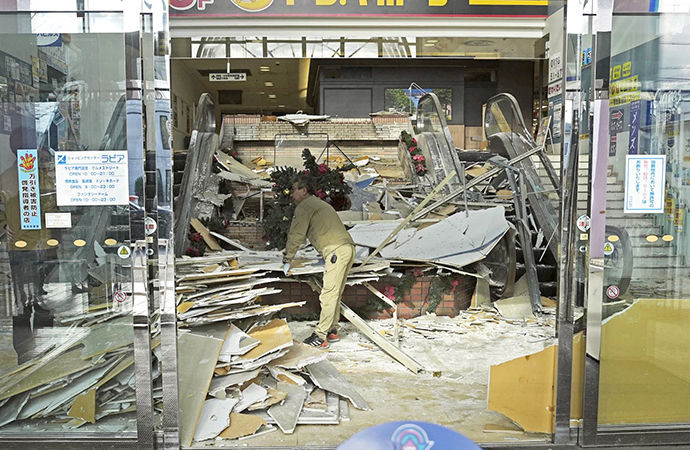

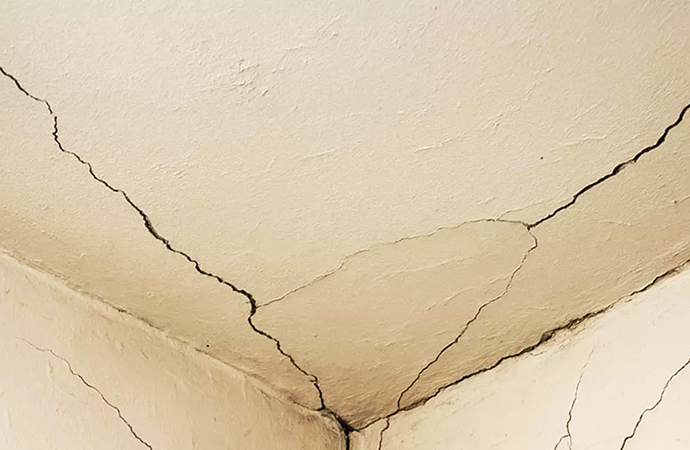
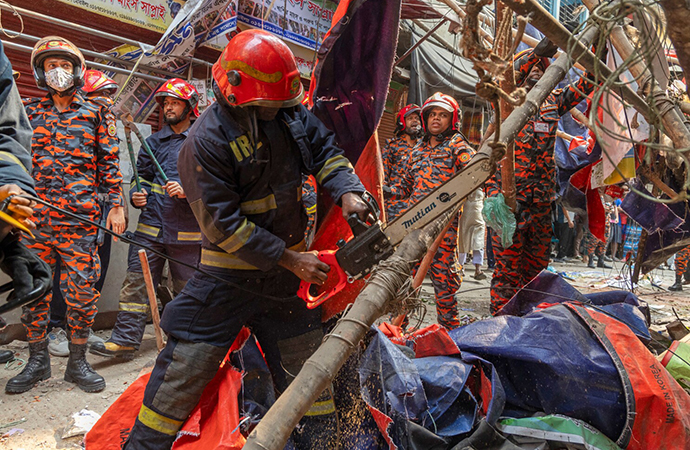
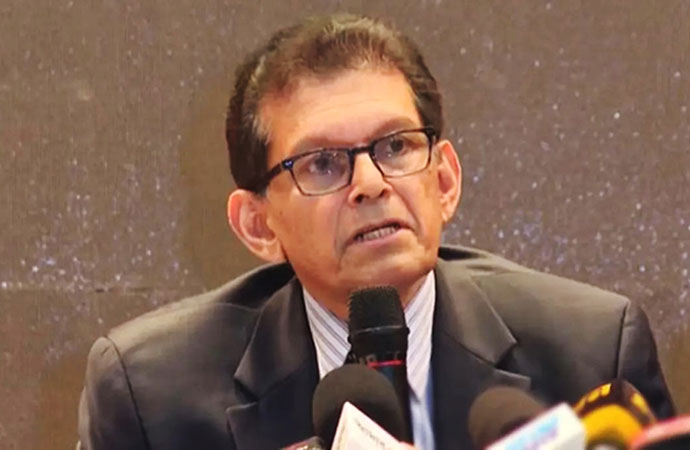



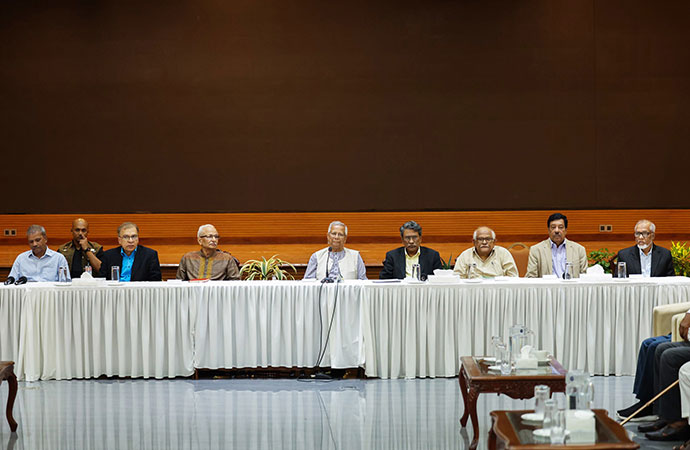


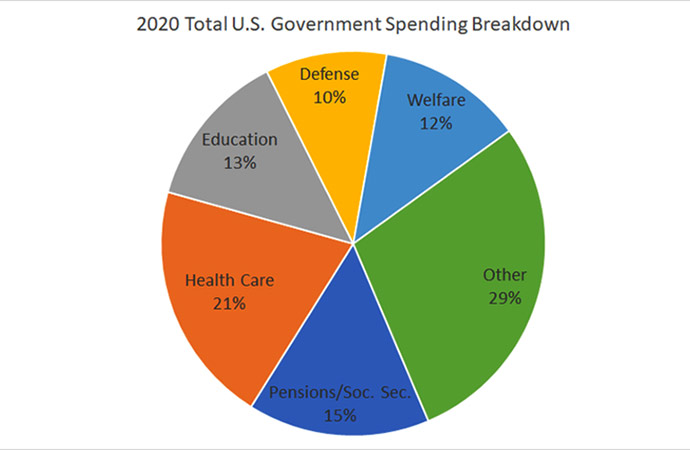






Leave a Comment
Recent Posts
Right On Schedule
The most eagerly anticipated, and frankly hyped up, announcement of an ...
Fighting raged along the borde ...
Fighting raged along the border of Cambodia and Thailand, with explosi ...
ICIMOD drives regional cooperation to inspire new mo ..
The Cage of Captivity and the Cry for Freedom: A Cru ..
Why Japan issued an advisory for a possible megaquak ..
The Autocrats’ War on Universities